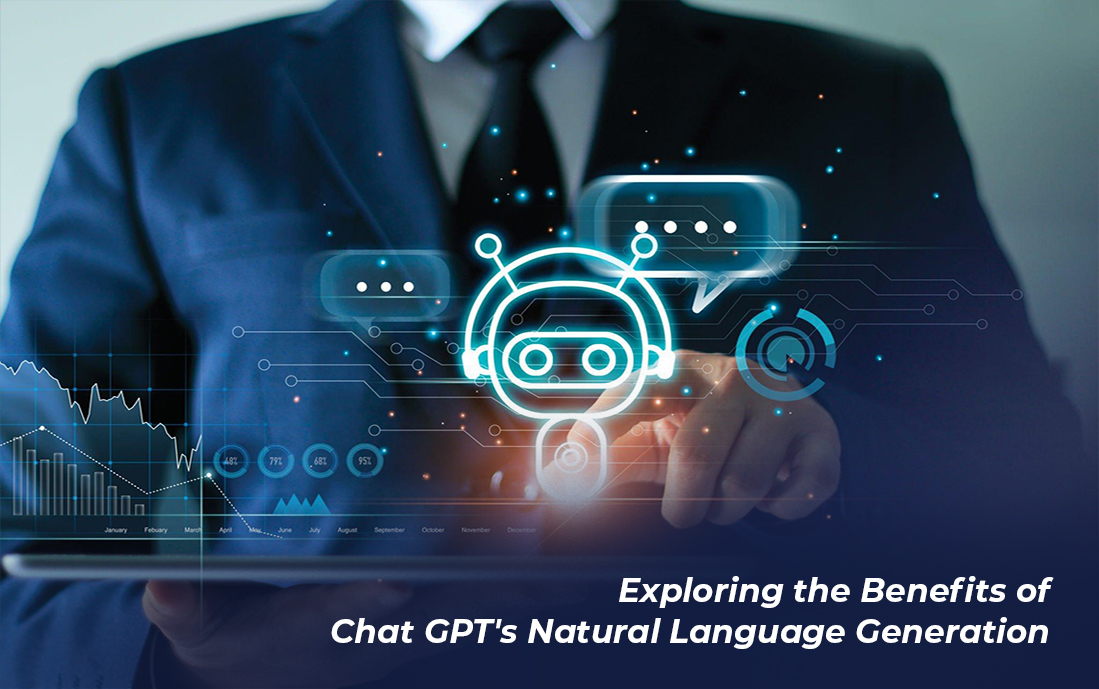As a large language model trained by OpenAI, my primary benefit is the ability to generate human-like text based on the input that I receive. This can be useful in a variety of applications, such as generating responses to questions, summarizing large bodies of text, or providing information on a wide range of topics. Because I am a machine learning model, I can process large amounts of data quickly and accurately, and I can continue to improve over time as I receive more training data.
The above text is what came as an output when we asked, “what are your benefits” to a tool that was released on November 30 on the internet.
This tool is apparently what everyone (read AI lovers) is talking about and talking to. What the AI community is terming as an epochal moment towards the usage of AI and Machine Learning, this new tool named ChatGPT is the recent development of OpenAI, a research institute and company that focuses on the development and use of AI in a safe and responsible way. The organization was founded by a group of researchers and entrepreneurs, in 2015, including Elon Musk, Sam Altman, and Greg Brockman.
But there have been AI Chatbots earlier as well? What’s so unique about this one? The answer lies in the fact that ChatGPT is the only AI bot developed to date that can perform tasks other than answering general queries. This tool interacts with humans in a natural language and can perform tasks like writing a program or a simple software application. It can also get creative and write poems or stories.
Sounding fascinating? Well, we’ll tell you what! It is so. And that’s why we chose to write about it to inform you about this AI tool that is catching everyone’s attention.
What is ChatGPT?
So, what is ChatGPT, exactly? To answer this, we must say that ChatGPT is not just an AI Chatbot; it’s what is called a Language Model. It differs from Chatbots in a radical manner. While typical chatbots can answer limited and often specific queries, a Language Model like ChatGPT has knowledge of virtually every topic under the sun and can explain scientific concepts and answer any question that can be answered factually.
So, what is a Language Model? A Language Model is software that gives out a sequence of words in response to some words as an input, with proper semantic relation. In other words, large language models like ChatGPT can answer questions and carry out a conversation with humans.
These tools are often used in applications using Natural Language Processing (NLP), such as text generation, speech recognition, automatic translation, and many others. Think of what you can do with something that can understand your question and answer it in a way humans would comprehend. The possibilities of its use are practically endless. For example, it can very well act as a teaching tool for everything to everyone as it can provide comprehensive answers to inputs like “explain it to me like I am 10 years old.”
Another way it can be handy is to write narratives or short essays on almost anything, from Doctors to Digital Marketing. And, yes, as we stated, it can get creative as well. When we asked, “write a short love poem,” it typed these words in rapid succession:
My heart is yours to take,
To keep and never break.
In your arms, I feel complete,
My love for you will never deplete.
Through good times and bad,
I’ll always be glad
To have you by my side,
My love for you will never subside.
Together we’ll face the world,
And all the joy and pain it unfurls.
I’ll hold your hand and never let go,
For my love for you will only continue to grow.
I love you more than words can say,
And I’ll love you until the end of time and beyond.
You are my everything, my one true love,
Forever and always.
How Does ChatGPT Work?
While it’s for the readers to decide how good a poem the above one is, let’s brief something about how the tool does what it does. As stated, ChatGPT is a Large Language Model, meaning it provides factual answers to queries in human language, and can thus carry out a conversation with us, humans.
It’s also a neural network, which can be visualized as a large network of computers that are fed a huge corpus of text data during its training stages and can finetune its answers to a specific query based on what it has been supplied with during training. This training, along with the technology, is together known as Reinforcement Learning and comes under the bigger umbrella of Artificial Intelligence or Machine Learning.
So, how does a language model like ChatGPT work? To understand this, one has to consider “word embedding,” which breaks down words as a matrix of numbers that computers are able to work with. A neural network processing these numbers can understand them according to context. For example, when words like “lie” is followed by a name, it’s most likely to “understand” that it’s “not true” that we are talking about than when “lie” is followed by words like “flat.”
Language models use a further refining technique called “Transformer” to “understand” the context of a sentence or paragraph accurately. This comprehension allows ChatGPT to perform tasks like summarizing a paragraph or an article, answering a question, translating documents, and so on.
The Development of ChatGPT
OpenAI released the Generative Pre-Training (GPT) Learning Model in 2018. Here, generative means it can create new content based on input content known as Training Data. This feature allows the tool to write creative pieces like a story.
The GPT was then improvised using the transformer technique mentioned above, and Generative Pre-Training Transformer-2 or GPT-2 was launched in 2019. 2020 saw the launch of GPT-3 with even finer neural networks. GPT-3.5 got released in early 2022, and ChatGPT is the latest successor to these language models.
It’s a no-brainer that each succeeding model is superior to and is trained with a larger corpus of text data than its predecessor. For instance, GPT-3 was trained with 175 billion parameters. The data used to train ChatGPT includes books, articles, websites, and other publicly-available text data.
The neural network of ChatGPT has been further trained on conversational transcripts with human feedback, allowing it to generate conversational responses as opposed to essay-type content.
So, Should You Take ChatGPT Seriously?
Is ChatGPT the most powerful Natural Language Processing tool out there? The answer is Yes if it’s been counted for conversational purposes. However, it might not be equally powerful when it comes to specialized context. For example, if a digital marketing agency needs a specialized tool to help them with building a strategy, the tool would need to be trained with specialized training data. But considering that it’s just the beginning, and it can already write an entire program or poetry by itself, the day doesn’t seem far away.
Another shortcoming of ChatGPT, or for that matter, any language model, is that the output can be biased if a large volume of biased data is used to train it. For instance, if a large language model is trained with a disproportionate amount of data that use sexist or racist language, the model may generate content that reflects these biases.
But for now, it can be safely said that ChatGPT is a revolution in the field of Large Language Models till it gets replaced by a more advanced version. Going by the rapid developments in AI and language models, we may be stepping onto that day very soon.



0 Comments